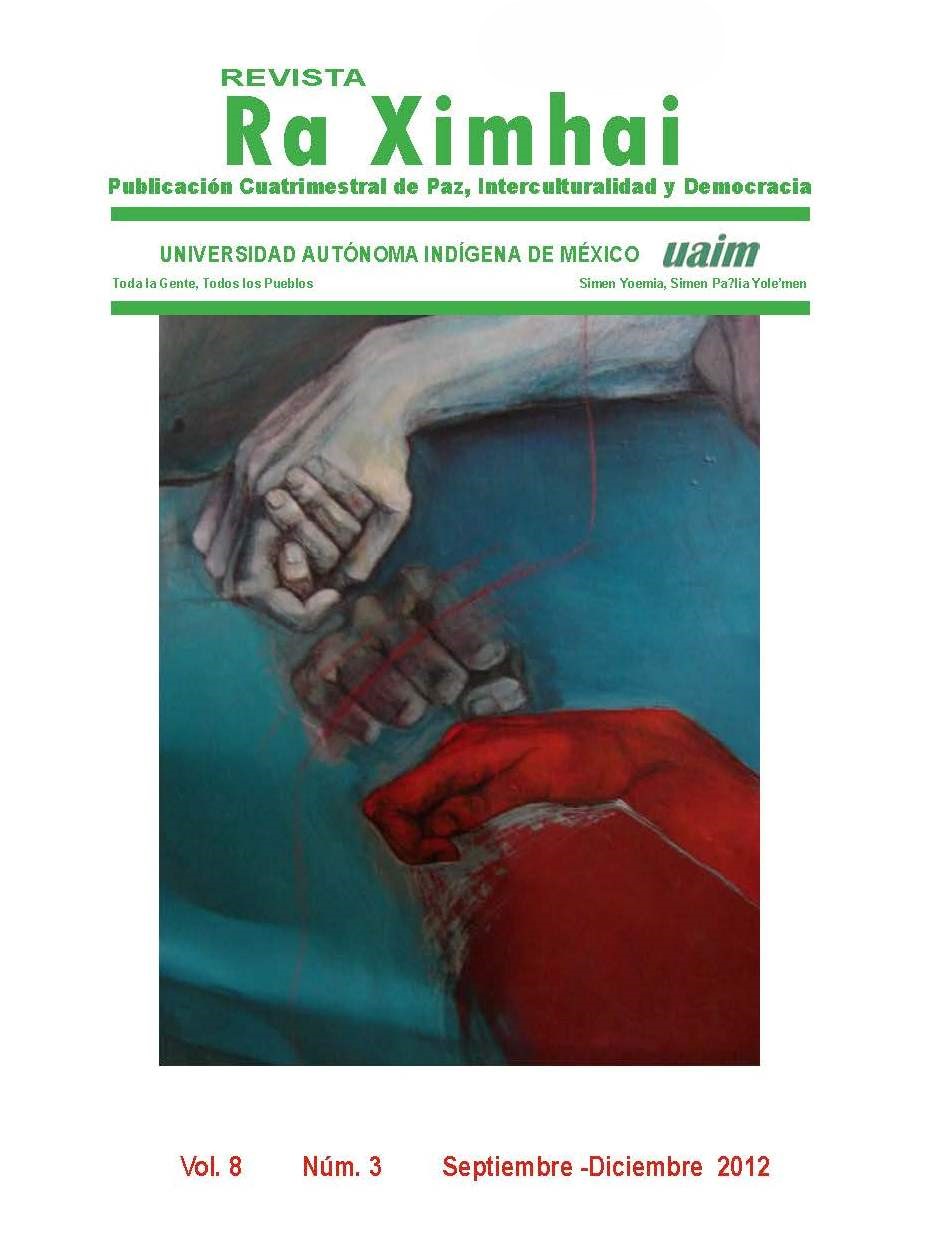Educating for Peace from a Society without Peace: Conditions for building it
DOI:
https://doi.org/10.35197/rx.08.03.2012.08.jrKeywords:
peace, human development, human rights, democracy, DisarmamentAbstract
Educating for Peace from a society without Peace is a proposal based on four conditions. The first refers to the state of well-being of human beings, a condition violated by poverty and misery in the world, so that as long as they exist in society it will be impossible to establish Peace. In the face of the practice of living well, “Good Living” is proposed, based on the equality of all beings, human and/or not, seeking a favorable life for all. The second condition to establish Peace is respect and concern for living Human Rights in all areas. The third condition is to promote and “lead” (educate) society in democratic life, which is like saying, Peace can be achieved through political means. The fourth condition is disarmament, so that weapons and the power of bullets do not rule the destinies of peoples, as has happened until now. Only to the extent that we are all involved in an educational process to live these four conditions, will it be possible to approach living in Peace.
Downloads
References
Bremer, M. (2012). “Mujer y sumak Kawsay, buen vivir”. Agenda Latinoamericana, 2012, pp. 104-105.
CONEVAL, 2010. Porcentaje de la población en pobreza según entidad federativa, 2010 Estados Unidos Mexicanos. http://www.coneval.gob. mx/cmsconeval/rw/pages/medicion/pobreza_2010.es.do;jsessionid=f9e 40263c3931d946fc84ba3cf0c0322b9ff595d468bc6af585816028edf317a. e34QaN4LaxeOa40Ochn0 (12 de mayo de 2012)
Dávalos, P. (2012). “Sumak kawsay y postneoliberalismo”. Agenda Latinoamericana, 2012, pp. 168-169.
González, L. (1985). El Secreto de Gandhi. Editorial Progreso, México.
González Amador, Roberto (15 de abril, 2011). Con Calderón aumenta el gasto militar; se estancan salud y educación: BM, en La Jornada, pp.2
Herrera Medrano, D., 2012. Investiga en México la corte Internacional de la Haya. http://www.lacapital.com.mx/noticia/13587-Investiga_violencia_en_ Mexico_la_Corte_Internacional_de_la_Haya (25 de mayo de 2012)
Iriarte, G. (2012). “Vivir bien, el gran paradigma indígena”. Agenda Latinoamericana, 2012, pp. 41.
La Jornada, 2012.Recrudece la guerra entre cárteles en Nuevo Laredo; ayer, 23 muertos. http://www.jornada.unam.mx/2012/05/05/politica/002n1pol (08
de mayo de 2012)
La Jornada, 2012. Fallecen 15 personas tras un doble atentado en Daguestán http://www.jornada.unam.mx/2012/05/05/mundo/031n1mun (08 de
mayo de 2012)
Madrazo, J., 1996. Derechos humanos y cultura de Paz. http://www.juridicas.unam.mx/publica/librev/rev/derhum/cont/20/pr/
pr30.pdf (22 de mayo de 2012)
OACDH, 2007. Derecho Internacional. http://www2.ohchr.org/spanish/law/ (17 de mayo de 2012)
Naciones Unidas, 2012. Derechos humanos. http://www.ohchr.org/SP/ AboutUs/Pages/Sitemap.aspx (20 de mayo de 2012)
Pascual Morán, A. (2000). “Violencia, paz y conflicto en el discurso y la praxis pedagógica” en Pedagogía. Volumen 34, pp. 47-82.
Ramírez, J., 2012. Identifican a 9 de los 18 cuerpos en Jalisco: todos eran inocentes. http://www.animalpolitico.com/2012/05/identifican-a-9-de-los-18- cuerpos-en-jalisco-todos-eran-inocentes/ (18 de mayo de 2012)
Ríos, V., 2009. ¿Qué tan pobres somos? http://estepais.com/site/?p=25161 (15 de mayo de 2012)
Rizzi, A., 2012. Asia supera a Europa en gasto militar. http://internacional. elpais.com/internacional/2012/04/17/actualidad/1334614207_876033.html (25 de mayo de 2012)
Sandoval Forero, A. (2012). “Estudios para la Paz, la Interculturalidad y la Democracia” en Ra Ximhai vol. 8 Núm. 2, pp.17-36
Sotomayor, P. (2010). La Paz del futuro: Biocracia. Octavio Antonio Colmenares y Vargas, editor, México.
Tuvilla, J. (2004). “Cultura de Paz”. Fundamentos y claves educativas. Desclée De Brouwer, Bilbao
UNESCO, 2010. Día Internacional de los Derechos humanos, 10 de diciembre.
http://portal.unesco.org/geography/es/ev.php-URL_ID=13510&URL_DO=DO_
TOPIC&URL_SECTION=201.html (25 de mayo de 2012)
Downloads
Published
How to Cite
Issue
Section
License
Copyright (c) 2012 Juan Romero Morones

This work is licensed under a Creative Commons Attribution-NonCommercial 4.0 International License.
Usted es libre de:
- Compartir — copiar y redistribuir el material en cualquier medio o formato
- Adaptar — remezclar, transformar y construir a partir del material
- La licenciante no puede revocar estas libertades en tanto usted siga los términos de la licencia
Bajo los siguientes términos:
- Atribución — Usted debe dar crédito de manera adecuada , brindar un enlace a la licencia, e indicar si se han realizado cambios . Puede hacerlo en cualquier forma razonable, pero no de forma tal que sugiera que usted o su uso tienen el apoyo de la licenciante.
- NoComercial — Usted no puede hacer uso del material con propósitos comerciales .
- No hay restricciones adicionales — No puede aplicar términos legales ni medidas tecnológicas que restrinjan legalmente a otras a hacer cualquier uso permitido por la licencia.








